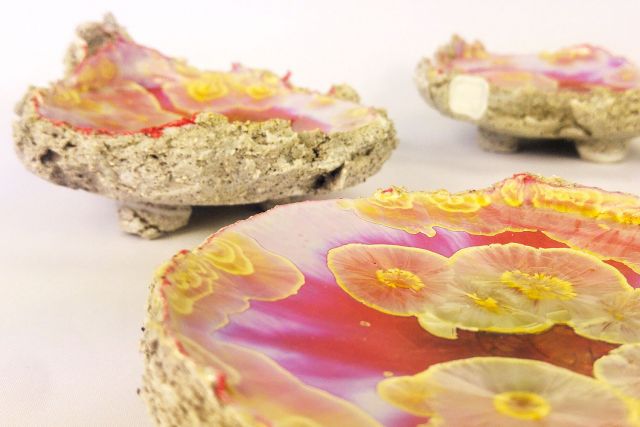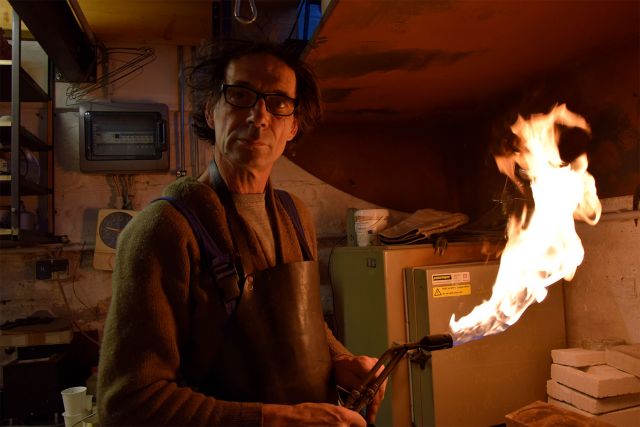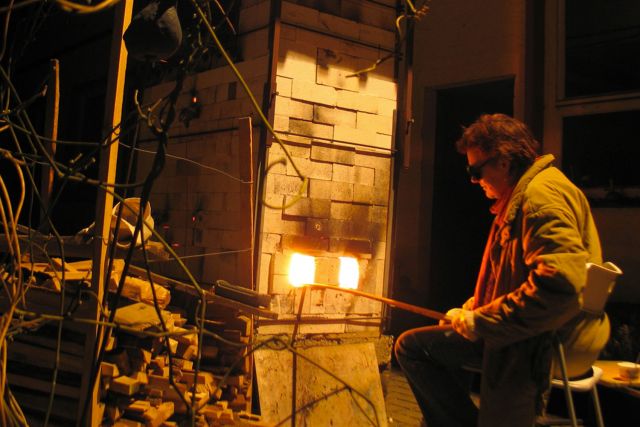This stoneware container was created to hold cold water during the Japanese tea ceremony. It symbolises the well and the spirit of water, without which life on earth would not be possible. The container was fired in an Anagama kiln at 1,340°C. The surface of the container is naturally decorated with ash patterns over the four-day firing process. In the heat, ash fuses onto the clay to form a natural glaze. Smoke, flames and embers leave their mark in the form of grey, red and deep blue tones.
Height 21 cm
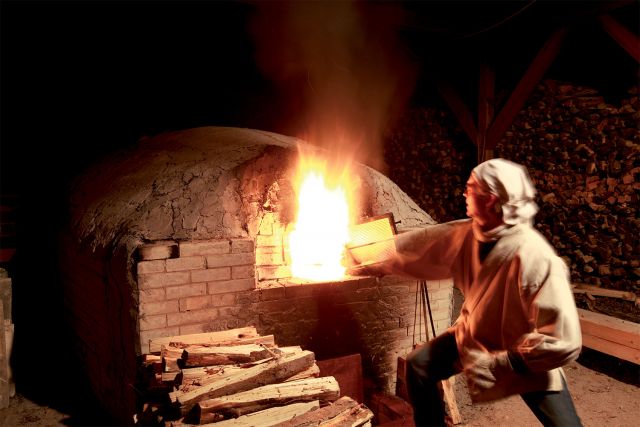
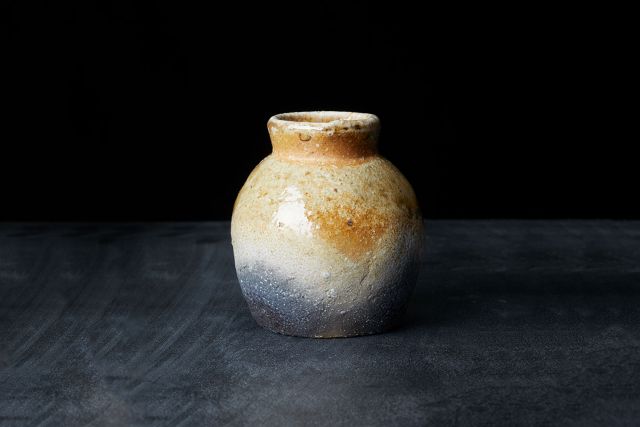
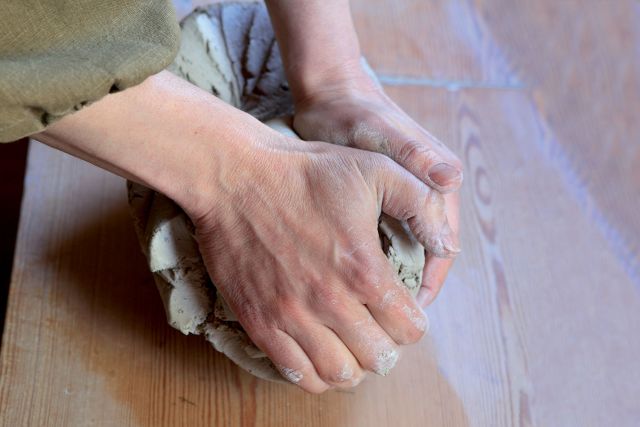
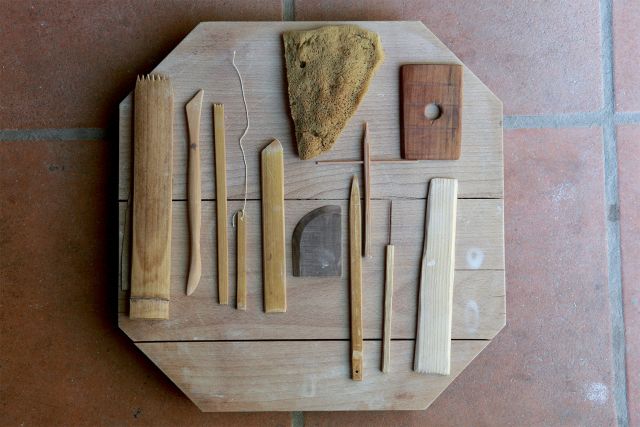
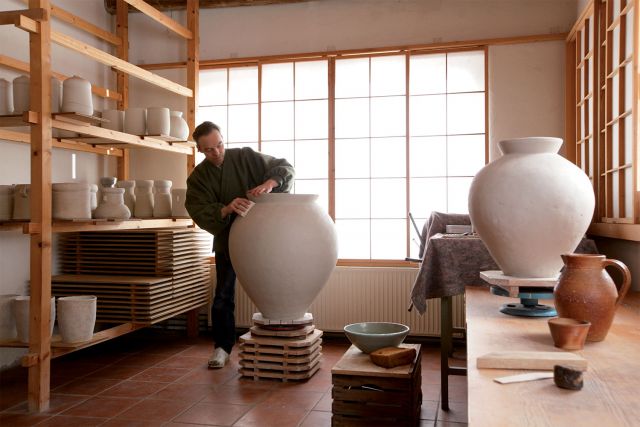
Jan Kollwitz
- Ceramicist
- Cismar, Germany
- Master Artisan
- Recommended by Meisterstrasse Handmade
By appointment only
+49 (0)4366614
A year of fire and clay
- • Jan’s Anagama kiln was built by Tatsuo Watanabe in 1988
- • It is fired once a year for four days and nights
- • Wood must be thrown into the kiln every three minutes
After being an actor for several years, Jan started his apprenticeship as a potter in Southern Germany when he was 22. There, the great-grandson of famous artist Käthe Kollwitz became deeply intrigued by Japanese ceramic arts. He then went to Japan with the goal of finding a master to apprentice over there. A stroke of good fortune brought him to Yutaka Nakamura in Echizen, one of The Six Ancient Kilns, villages with an outstanding pottery tradition. After turning about a thousand cups and not only enhancing his skills but learning to think about his objects in a Japanese way, Jan returned to Germany. The Japanese furnace builder Tatsuo Watanabe built Jan’s Anagama kiln in 1988 in the small village of Cismar on the Baltic coast, where Jan still works today .
Read the full interviewWorks
Photo: © Götz Wrage

Photo: © Götz Wrage
This brown stoneware vase was shaped by hand before being fired in an Anagama kiln at 1,340°C. The container's colour and surface effects derive from hot ash during the four-day firing process. In the heat, ash fuses onto the clay to form a natural glaze. Smoke, flames and embers leave their mark in the form of grey, red and deep blue tones.
Height 21 cm

Photo: © Götz Wrage
This brown stoneware vase was shaped by hand before being fired in an Anagama kiln at 1,340°C. The vase's colour and surface effects derive from the hot ash during the four-day firing process. In the heat, ash fuses onto the vessel to form a natural glaze. Smoke, flames and embers leave their mark in the form of grey, red and deep blue tones.
Height 29 cm

Photo: © Götz Wrage
This brown stoneware vase was shaped by hand before being fired in an Anagama kiln at 1,340°C. The vase's colour and surface effects derive from the hot ash during the four-day firing process. In the heat, ash fuses onto the vessel to form a natural glaze. Smoke, flames and embers leave their mark in the form of grey, red and deep blue tones.
Height 19 cm

Photo: © Götz Wrage
This brown stoneware receptacle, intended for waste water of the tea ceremony, was shaped by hand before being fired in an Anagama kiln at 1,340°C. The container's colour and surface effects derive from hot ash during the four-day firing process. In the heat, ash fuses onto the clay to form a natural glaze. Smoke, flames and embers leave their mark in the form of grey, red and deep blue tones.
Height 21 cm





